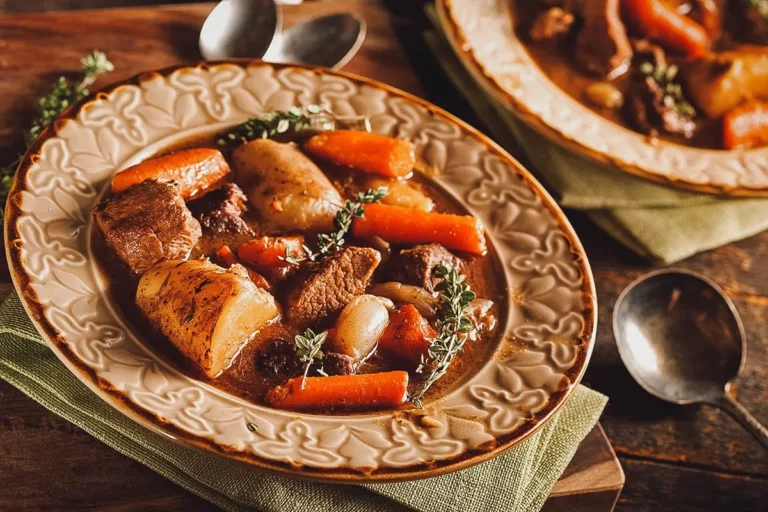Introduction: Understanding the Irish Breakfast
Irish breakfast, also known as an “Ulster fry” or “full Irish breakfast,” is a hearty meal typically served in the morning. It is a staple in Irish cuisine and has been enjoyed by generations of people in Ireland. This breakfast is known for its high calorie content and is often consumed by those who do manual labor or are very active throughout the day. Although it might seem overwhelming to outsiders, Irish breakfast is a beloved meal that is steeped in history and tradition.
Components of a Traditional Irish Breakfast
The typical Irish breakfast consists of various components such as sausages, bacon, eggs, black pudding, white pudding, tomatoes, mushrooms, and baked beans. These components are usually served with a slice of toast or soda bread. Sausages and bacon are a staple in an Irish breakfast, with the sausages being made of pork and herbs, and the bacon being cured and smoked. Eggs are usually served fried, scrambled or boiled, depending on preference. Tomatoes and mushrooms are often grilled and served as a side dish. Baked beans are also a popular addition to the breakfast.
The Importance of Black Pudding in Irish Breakfast
Black pudding is a type of sausage made from pork blood, fat, and oatmeal. It is a common component of an Irish breakfast and is highly prized by many who enjoy this meal. Black pudding is considered to be a delicacy in Ireland and is often served with fried eggs, bacon, and sausages. While it might not be to everyone’s taste, it is an important part of the Irish breakfast experience.
The Role of Potatoes in an Irish Breakfast
Potatoes are a staple in Irish cuisine, and the Irish breakfast is no exception. Potatoes are usually served in the form of potato bread or potato cakes, and are sometimes included in the main dish. While potatoes might seem like an unusual addition to a breakfast meal to some, they are a beloved and essential part of the Irish breakfast tradition.
Accompaniments to the Main Course of an Irish Breakfast
Irish breakfast is often served with various accompaniments, such as tea or coffee, orange juice, and marmalade or jam. Tea is an essential part of the Irish breakfast experience, and it is usually served with milk. Orange juice is a popular choice for those who want a refreshing beverage with their breakfast. Marmalade or jam is usually served with toast or soda bread, and adds a touch of sweetness to the meal.
Different Variations of Irish Breakfast Across the Regions
Irish breakfast can vary across different regions of Ireland. For example, in Northern Ireland, an “Ulster fry” is served, which includes soda bread and potato farls, while in Dublin, a “Dublin fry” is served, which includes white pudding instead of black pudding. In some regions, baked beans are not included in the breakfast, while in others, they are a must-have. These small variations add to the charm and uniqueness of the Irish breakfast experience.



